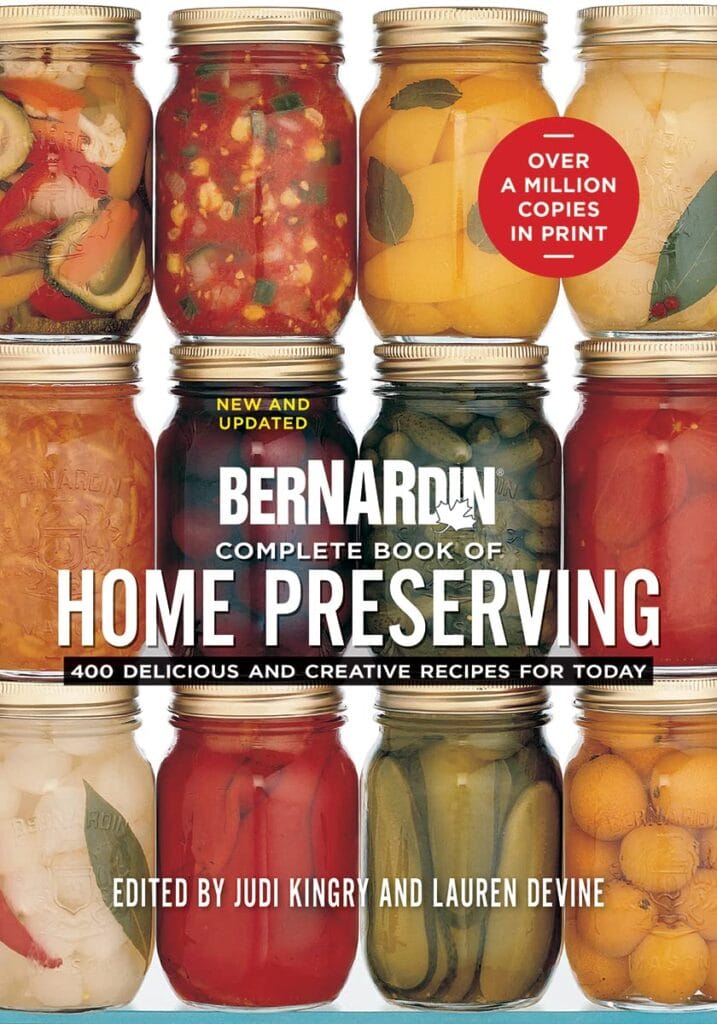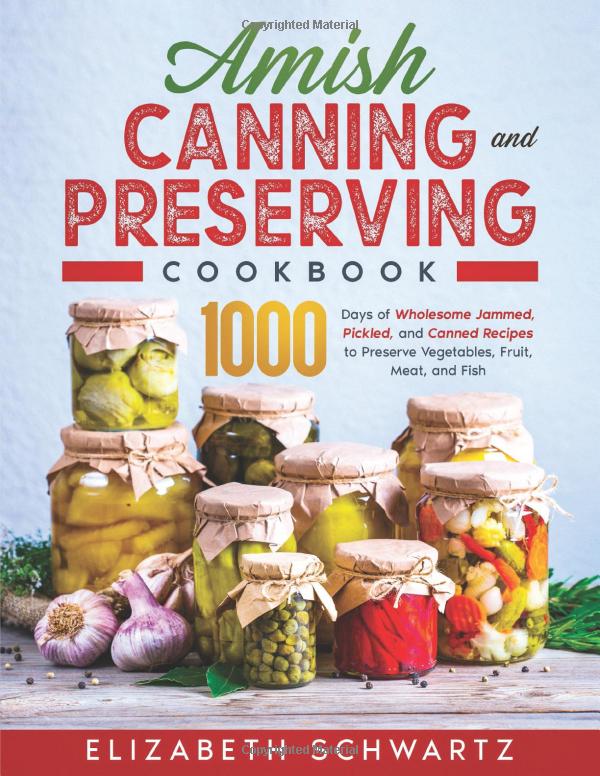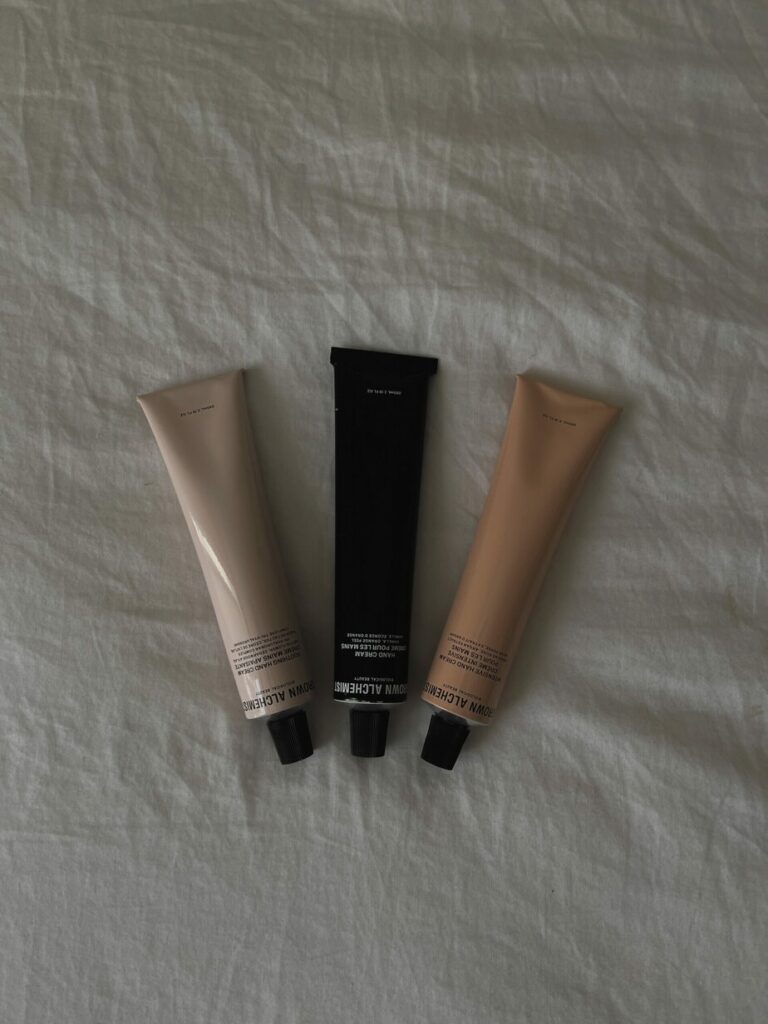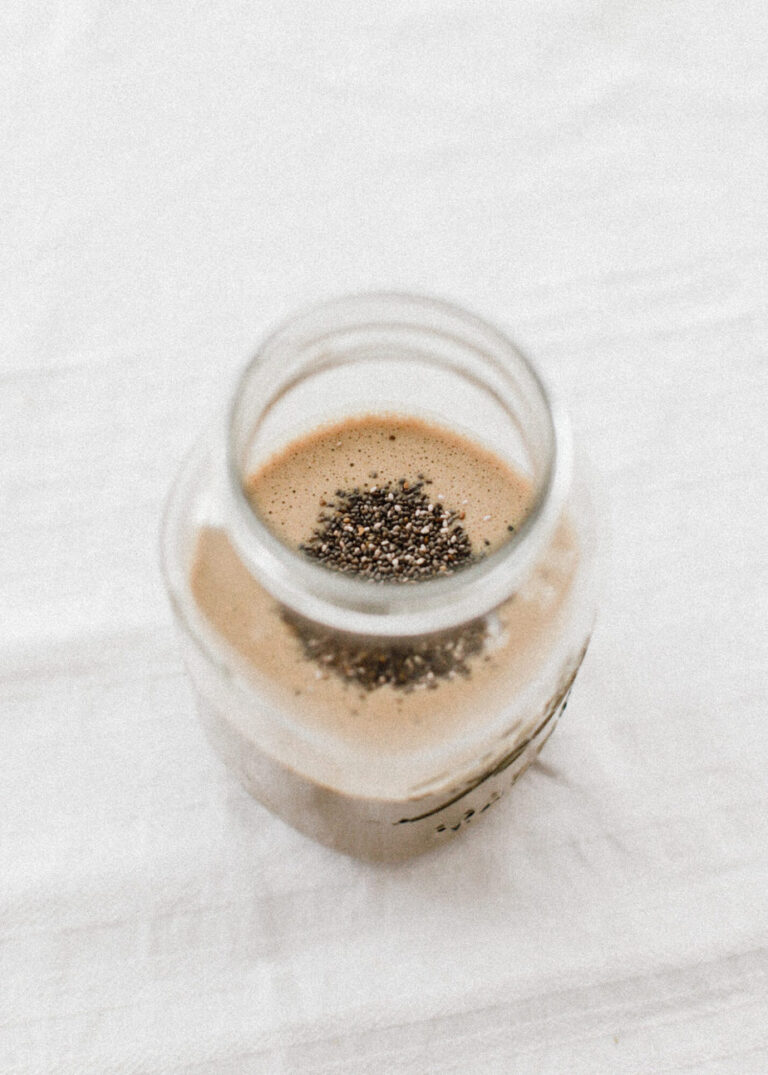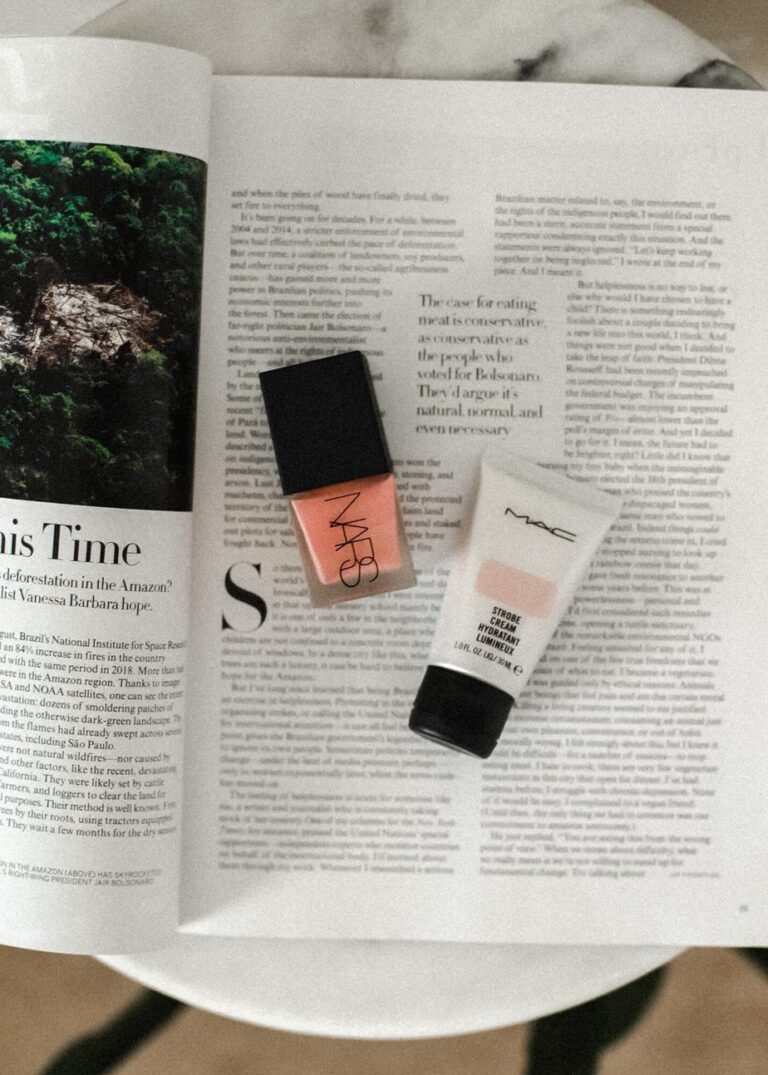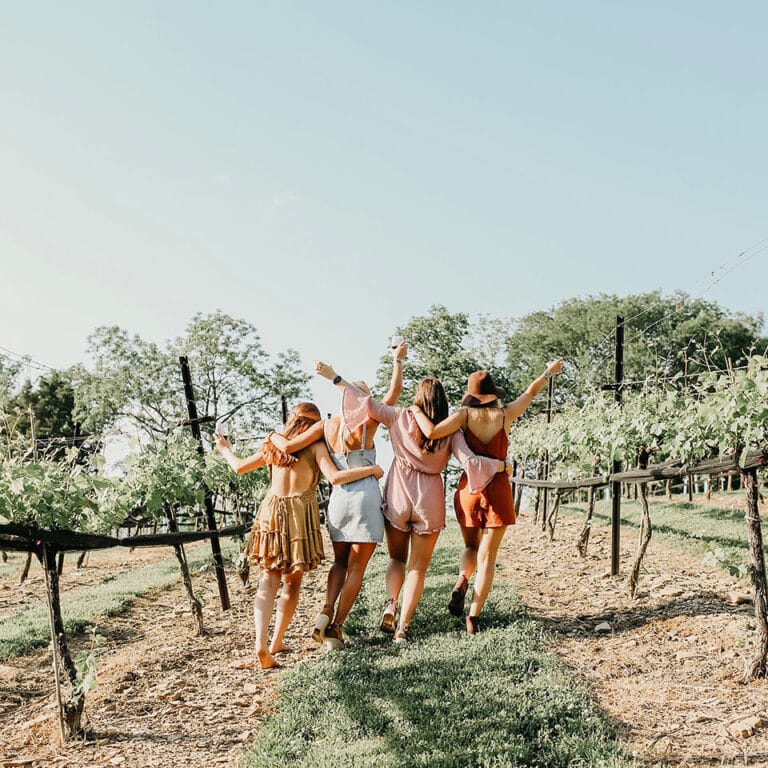The five best books to help you can and pickle like a pro
If you’re interested in learning more, or just need tips from experts then you need to check out our list of the best books on canning and preserving. We’ve also shared some helpful information when it comes to preserving food.
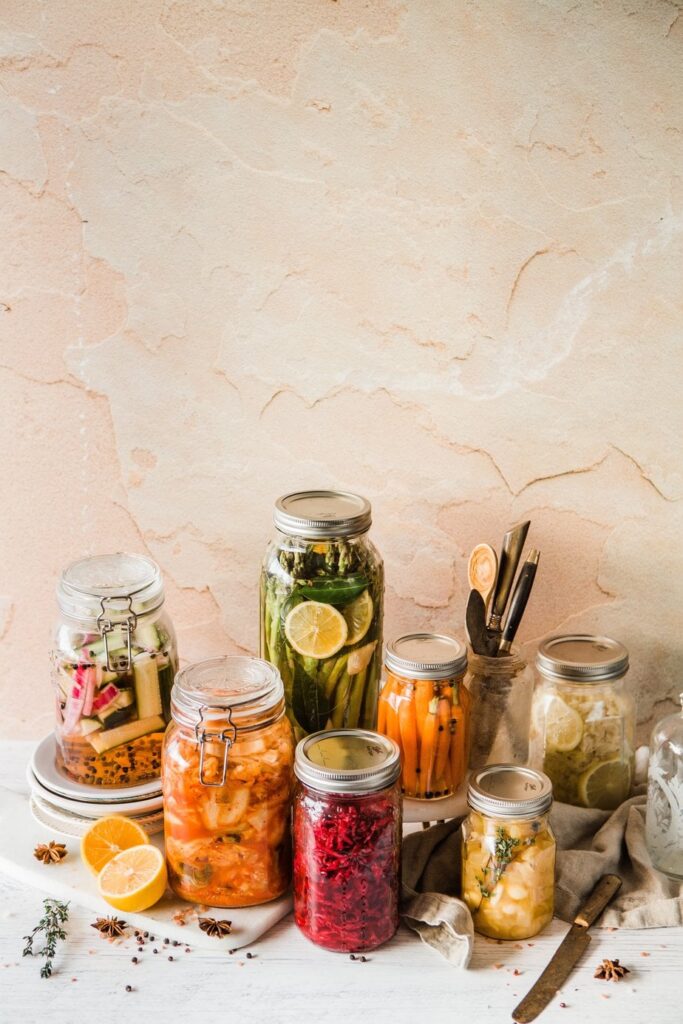
Growing up, my grandmother used to can and preserve fresh seasonal fruits and vegetables, each and every season. I have fond memories of fresh strawberry jam on homemade biscuits or bread and butter pickles and beats on the table for Thanksgiving and Christmas dinners.
After she passed, we slowly rationed the items she had made for a few more years, until they were gone. As I’ve gotten older, I can honestly say that I miss those classic flavors of my childhood. Last summer, I set out on a mission to preserve my own fresh strawberry jam.
One rainy weekend back home at the cottage with my mom, we set out to recreate one of my childhood favorites; strawberry jam. Before starting out, we gathered all the supplies we thought we needed, read countless articles online about successful pressure canning, and were confident we would be stocking the root cellar for the winter months.
Well, like any first attempt, it was far from perfect. The base was too sweet to start, then too runny, then it didn’t thicken. We even followed the online step-by-step instructions and still, our jam did not taste like my grammies.

Remembering the wisdom my grandmother would always bestow upon me, I knew that if at first, I did not succeed, I actually needed to try try and try again.
Over the past few months, I’ve done my research on the best books and best recipes for first-time preservers and I can’t wait to share them with you today.
As soon as fresh local produce and berries become available, I plan to re-make the strawberry jam and am even going to attempt tomato-herb jam, tart lemon jelly, and maple-juniper bacon jam (all of these are in the books, below!). I am confident I will succeed at home food preservation this year with the help of these amazing books.
What is Canning/Preserving/Pickling?
While the three may sound the same, each method uses slightly different techniques. Let’s review.
Caning
The Canning method involves placing food in glass jars at high temperatures for a long period of time, in turn killing microorganisms and inactivating enzymes that normally cause food to spoil. The heating process pushes the air from the jar and creates a vacuum seal as it cools.
Preserving
Preserving can involve drying, freezing, or canning. The most common form however is canning, as described above.
Pickling
This method involves using a brine, which is the main difference between canning and pickling. Pickles are canned most of the time so they last for long periods but they are done in a liquid called a brine. You can pickle but not can, but these items would need to be left in the refrigerator and eaten up within a week.
What is Water Bath Canning?
The Water Bath method is used for high-acid foods (like vinegar pickles) or high-sugar foods (like jams and jellies). The water bath canner was talking about is simply a large pot of boiling water. With clean jars, you will cover the jars inside a large pot with water and boil for a total of 10 minutes once the active boiling process has begun.
Once the ten minutes have passed, you will want to turn the heat down but keep it at a low simmer. The jars need to be warm to fill for the process to work properly. This process sterilizes the jars and prepares them to have food sealed inside, safely. Because the water bath method needs the jars to be filled while warm, you will want to ensure your mixture of ingredients is ready to go before starting this process.
What is Pressure Canning?
Pressure canning is done in a pressure canner, which is a specialized pressure cooker made especially for canning. Low-acid foods and low-sugar foods such as stocks and beans must be pressured canned for safe canning.
Best Books on Canning and Preserving
Now that we are familiar with the differences, let’s jump into what we consider to be the best canning cookbooks to get you started.
The All New Ball Book of Canning and Preserving
by Ball Home Canning Test Kitchen
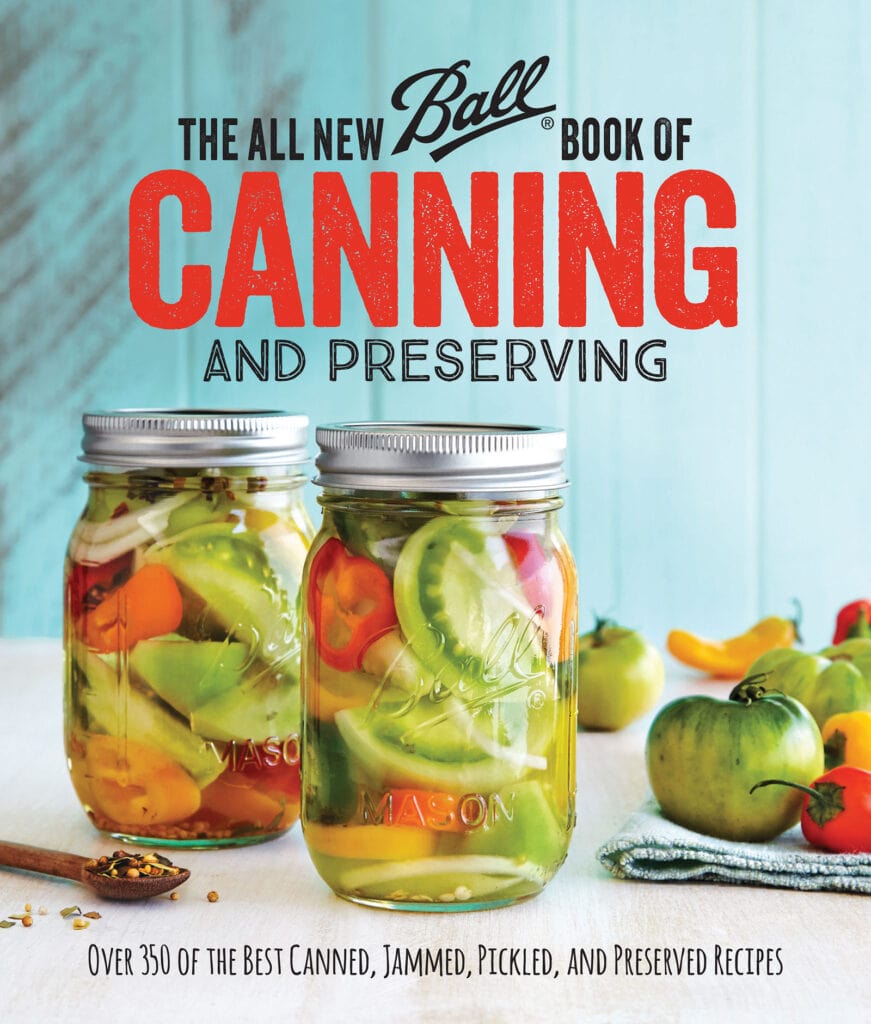
As a beginner canner, this book was the first one on my list to order. It has over 350 of the best canned, jammed, pickled, and preserved recipes. It honestly is a complete guide for new home canners and is packed full of fresh flavors and handy charts for those looking to make the leap into this age-old tradition. It’s jam-packed (see what we did there) with colorful illustrations and guarantees success. This book also covers two methods; boiling and water bath.
Bernardin Complete Book of Home Preserving
edited by Judy Kingry and Lauren Devine
Next on our list of the best books on canning and preserving, is one that’s been on shelves for quite some time but still continues to be a best seller. Bernardin is a household name for canning and preserving, and this book has over 400 delicious and creative recipes, including the old classics for you to explore. The most recent edition has been updated to reflect changes over the last 15 years with new dishes and color photographs. Bernardin Home Canning Products are the gold standard in home preserving supplies and their trademarked jars can be found on store shelves from coast to coast. With over a million copies sold, this book has much-loved classics and was the first truly comprehensive canning guide ever to hit the market.
Food in Jars: Preserving in Small Batches Year-Round
by Marisa McClellan
Marisa, a popular food blogger and canning guru has made this modern handbook with step-by-step photos and instructions for small-batch goodness. Her book is great for even novice canners because it is written for any skill level and focuses on how to avoid accidental and common canning mistakes. If pickled cauliflower or rhubarb syrup sounds intriguing, you are definitely going to want to pick up a copy of her book. Her work is a complete book of small-batch preserving with special sidebar tips and tricks. Small-batch canning for those not familiar is exactly what it sounds like; preserving vegetables or fruits in small batches. The process is less stressful, making it ideal for beginners. Small batch canning is also the perfect way to test our new recipes because who wants a pantry full of something that didn’t turn out quite as expected?
Give her a follow on Instagram for even more drool-worthy photos and inspiration. @themightymm
The Amish Canning Cookbook
by Georgia Varozza
Last but certainly not least comes a book from the author of The Homestyle Amish Kitchen Cookbook. This great new collection of recipes, hints, and wisdom from master food preserver Georgia Varozza. This book is a comprehensive guide to keeping your farmer’s market finds year-round, which is why it’s one of our favorite canning books! The book features information on the history of canning, tools, and supplies to get started, basic instructions, delicious recipes, and even guidelines for adapting these recipes to fit your particular taste.
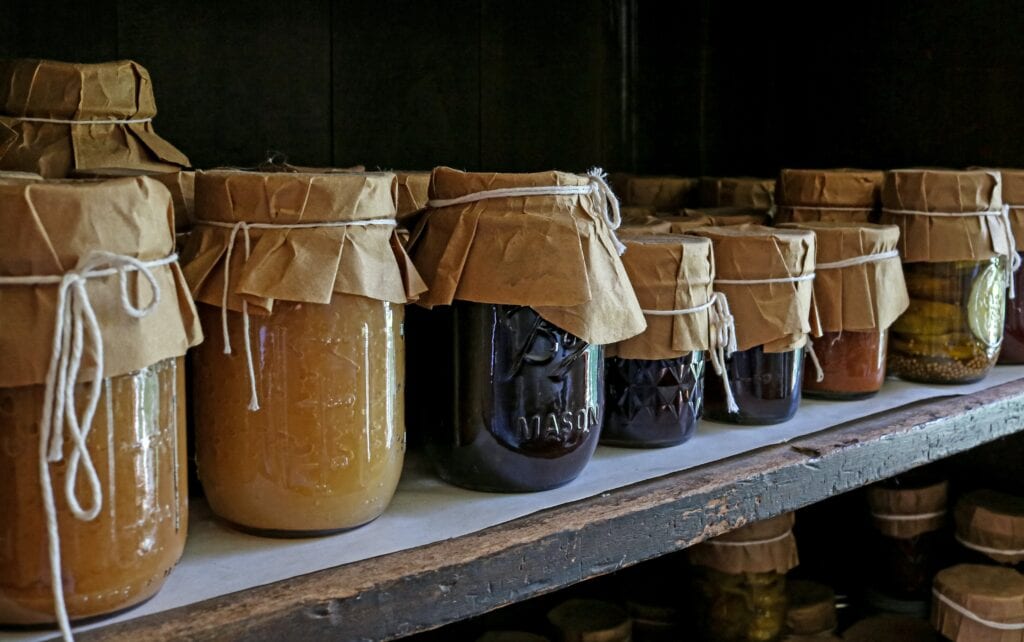
So, now that you know what the best books on canning and preserving are, do you think you are ready to tackle foolproof preserving this year? From one beginning canner to another, I know we can do this!
Here at Cottage Living & Style, we want to help you save money and live your best life, year-round. As a new generation of home cooks, I think it’s so important that we don’t lose the traditions of our past and the delicious foods that come with that.
Food always has been and always will be the way to my heart. Delicious dishes = happiness.





